Hunting in the Shadow of Roosevelt
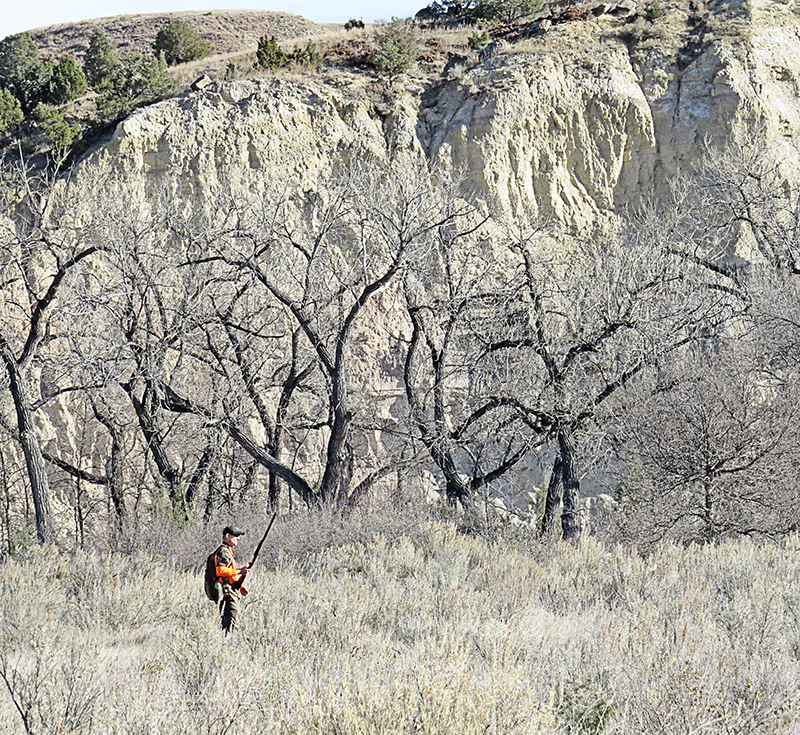
When I hunt in North Dakota, my thoughts often drift to Teddy Roosevelt’s days at Elkhorn Ranch — He named his Dakota home for a pair of locked elk skulls he found at the site. Today, centrally located within the million acres of the Little Missouri National Grasslands, Elkhorn is a great place to visit while upland hunting within this expanse. Sharptail still congregate on the bluffs and Ring-necked Pheasant and Hungarian Partridge have invaded the territory.
You’re confronted with a landscape of stark contrast. Fractured buttes and rolling bluestem, cottonwood culverts and the hellish infrastructure of fossil fuel harvesting which I imagine has Teddy’s grave in Oyster Bay sufficiently churned .
In the winter of 1884 after suffering the loss of both his wife and his mother within the span of 24 hours, Roosevelt retreated to the torn beauty of the Badlands for solace. The solitude, and toil of a new cattle business and pursuit of plains game provided the healing or at least sufficient distraction from depths of darkness.
Even the name badlands casts doubt on the therapeutic essence of this territory. Until you step into it. Unique views stretch to the horizon at the top of each new hill drawing you further into the folds, farther away from anything recognizable. The one benefit to the oil wells, they are unsightly beacons that can lead you back to “civilization”. At times I think I prefer the prospect of being lost. And when the setter and lab steer into the cuts where grouse gather out of the wind to dine on juniper berry, the possibility of becoming a permanent fixture of this forgotten landscape is at hand.
For most Americans lost is no longer a part of the lexicon. We’re digitally connected, plugged-in to one another and the safety and warmth of a glowing screen. And I can see the benefits. But a shrinking world needs the counter-balance of Badlands, of vast spaces unspoiled by humans. Fear of your surroundings, the inconsequence of your being, the brilliance of unyielding harsh landscapes offer perspective. Roosevelt knew the value of this much like I do. Rambling over stratified buttes and fractured limestone for hours, aware that the distances covered on foot are nothing but burnt legs and bootprints to be erased in the first strong wind. Watching late season birds flush wild at the hint we’ve chosen their direction and disappear on the horizon or so deeply into ravines the prospect they can be rousted or the energy to undertake it are in doubt.
Prairie fowl were so thick in this area at the end of the 19th century that Roosevelt could walk out his front door and shoot the heads off a few “chickens” roosting in the cottonwoods along the Little Missouri River with his lever action Winchester Model 1876 — a roast bird breakfast. Though Teddy was a notorious bad shot, peruse his auto-biographies and you get the sense that what he lacked in accuracy he made up for in frequency.
Despite gunning, game hogging and an awkward spectacled appearance that prompted many in the Dakota territories to label him a “dude”, Roosevelt still rose to iconic status as a conservationist. His determination and ethic created the National Park system in this country and his role in crafting the North American Conservation Model is well documented. He was the first politician to raise wildlife to a national stage. It’s a legacy for all Americans that extends well beyond just sportsmen. Annually, hundreds of millions of visitors frequent the National Parks, National Forests, Wildlife Refuges and public lands that Roosevelt instigated. For all his other accomplishments, Rough Riders to the Square Deal among them, there’s little doubt that the legacy of wildlife and wild places has touched the most people.
Roosevelt, a lifelong adventurer, likely left few canyons untouched within the boundaries of the Grassland south to the town of Medora. While our pack of dogs disappears in the sage and brambles of the flats around Elkhorn, It’s seems safe to assume few areas within these million acres remained hidden from Teddy, either herding cattle or pursuing plains game. Those are certainly big footsteps. As we’re faced with the prospects of rising costs of continuing the North American Conservation Model and the pressures of human encroachment and consumption, truly wild places and wildlife seem more and more finite.
The ability to wander, chase birds and get lost with friends and rowdy running dogs in the same expanse that TR did 120 years ago is pretty amazing. Thankfully not all things have disappeared in the name of progress.
Shooting one of Roosevelt’s birds gives me a glimmer of hope that a legacy that was so hard fought may still survive the hair-brained, misguided ideas of lesser men. I believe I’ll side with the likes of John Muir, Aldo Leopold, and Roosevelt holding wildlife and wild places in the public trust, until someone more enlightened appears — doubtful that happens in my lifetime.
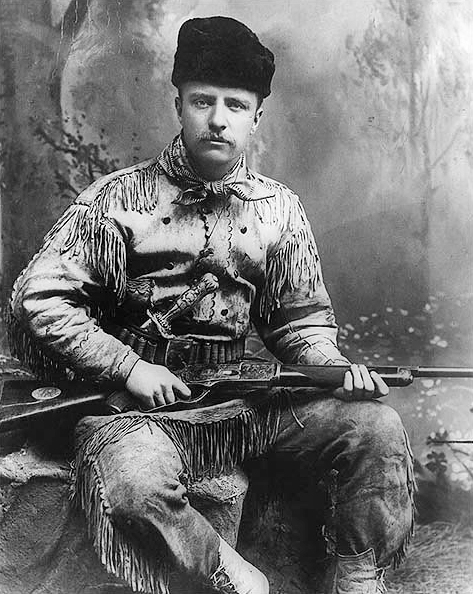
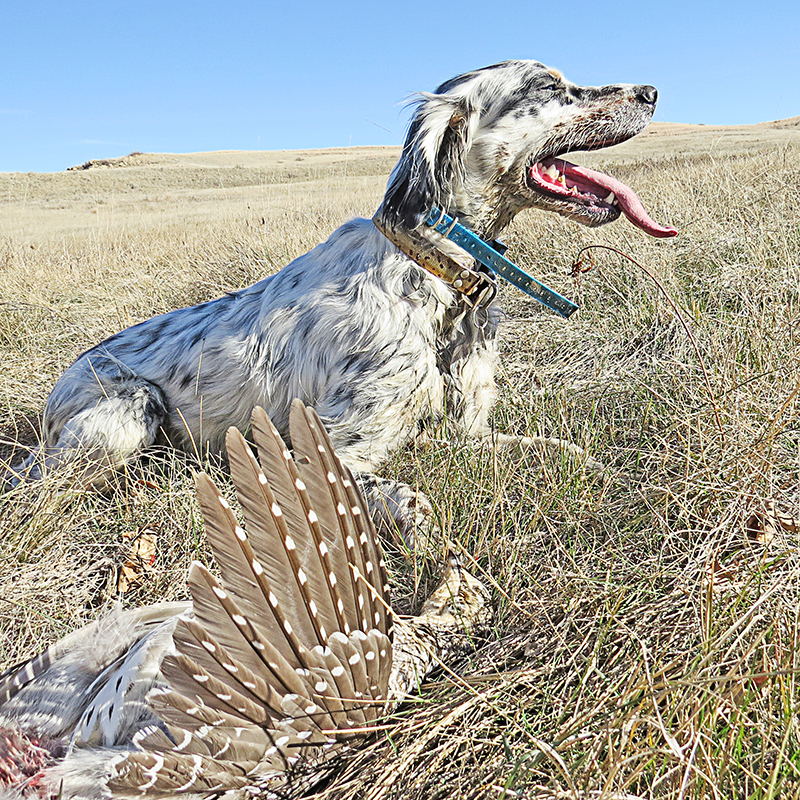
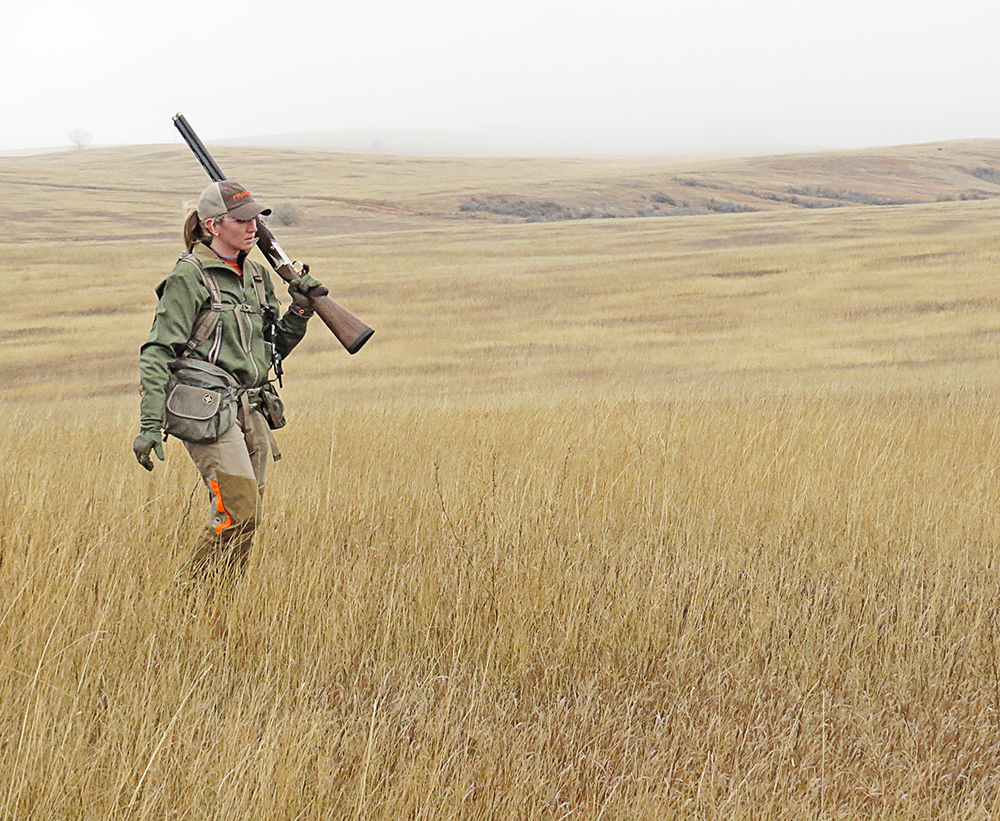

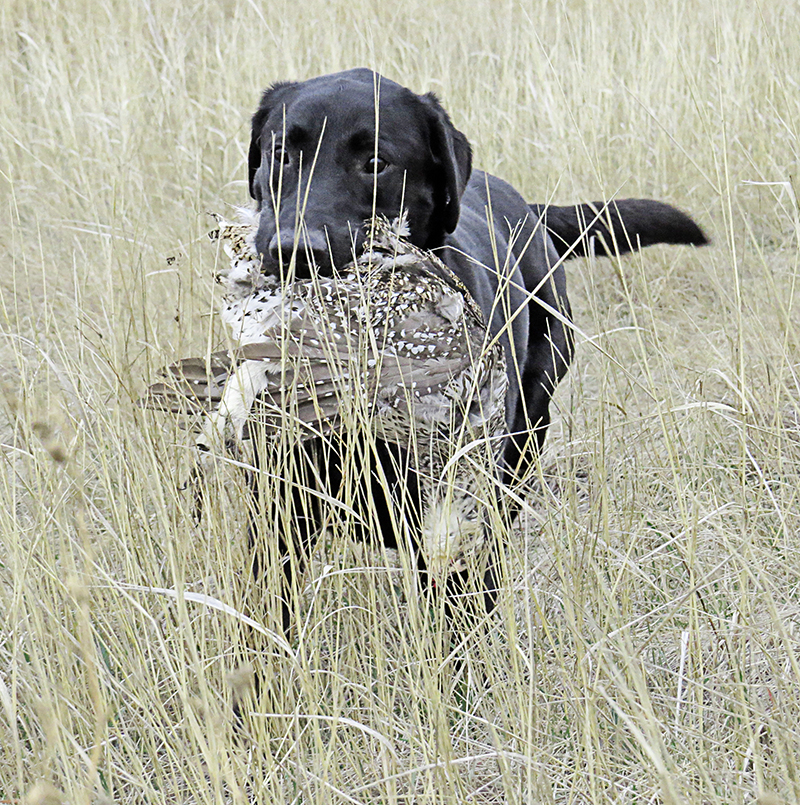


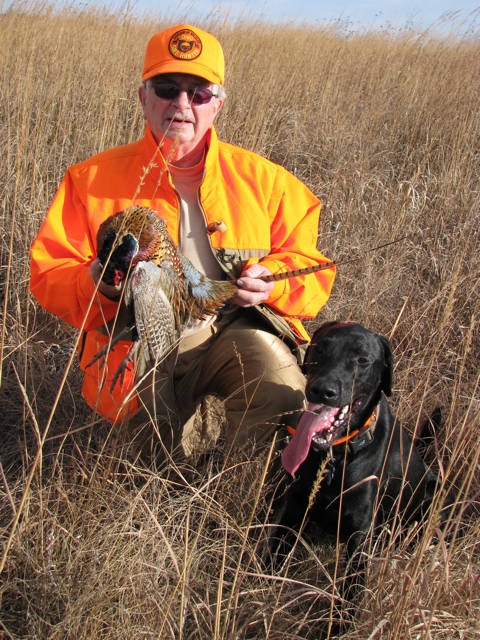
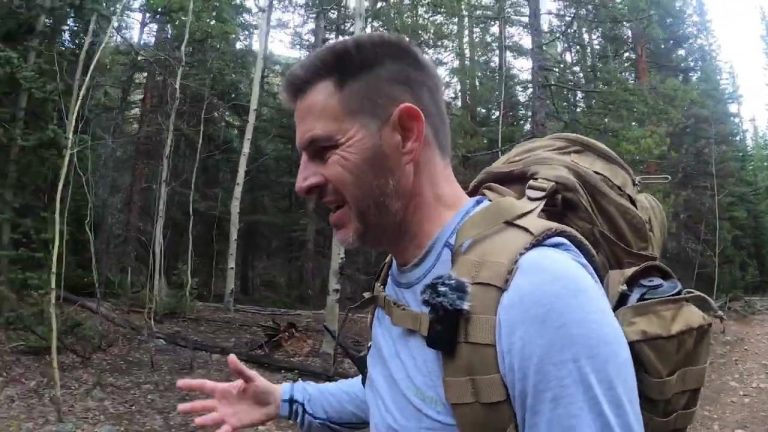
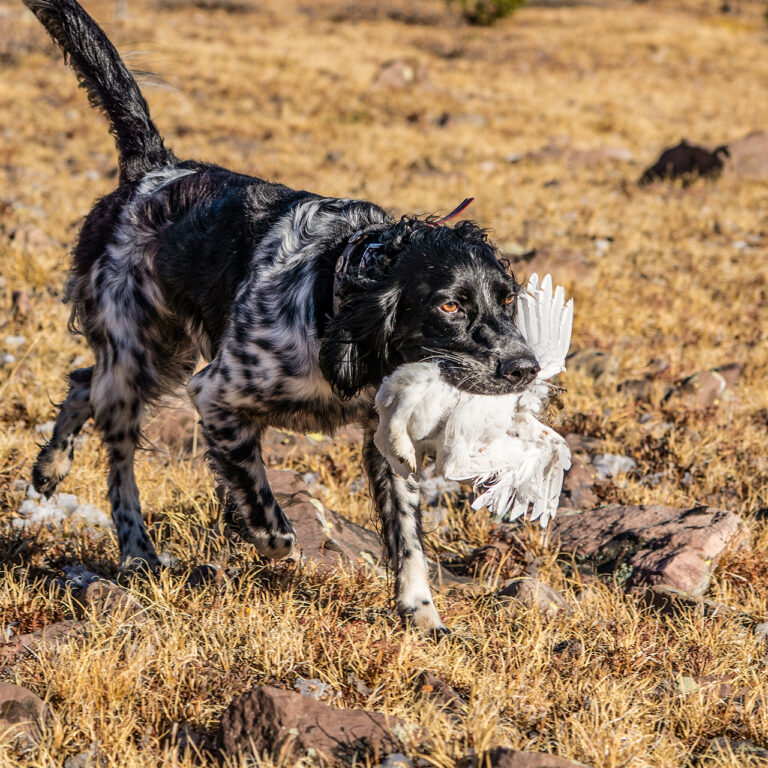
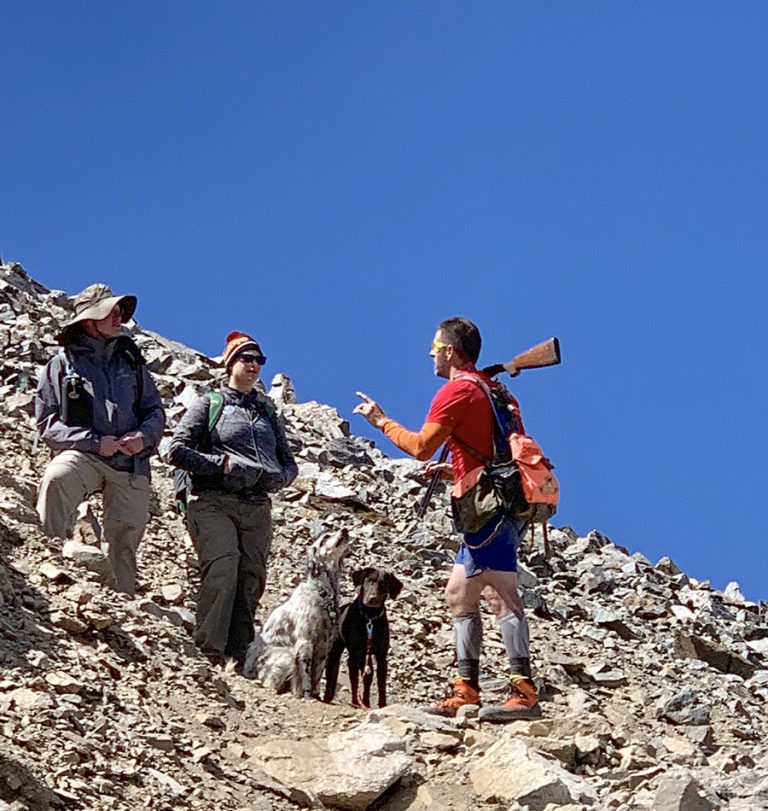
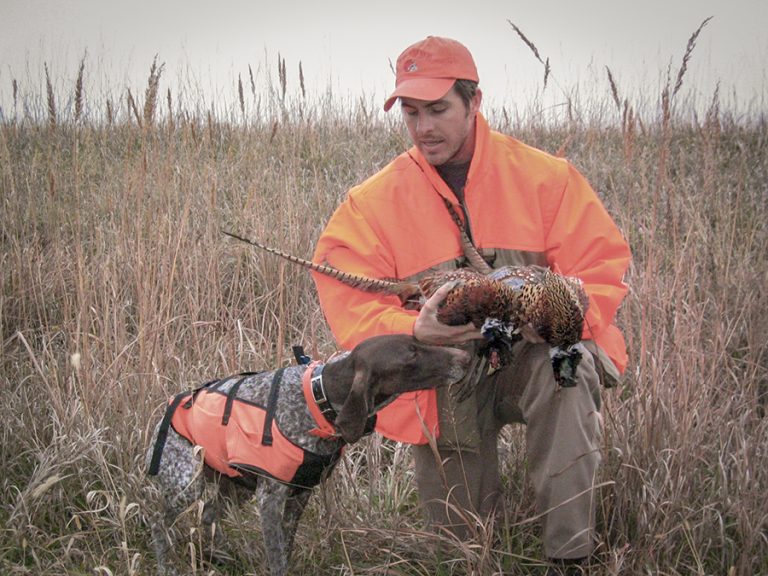
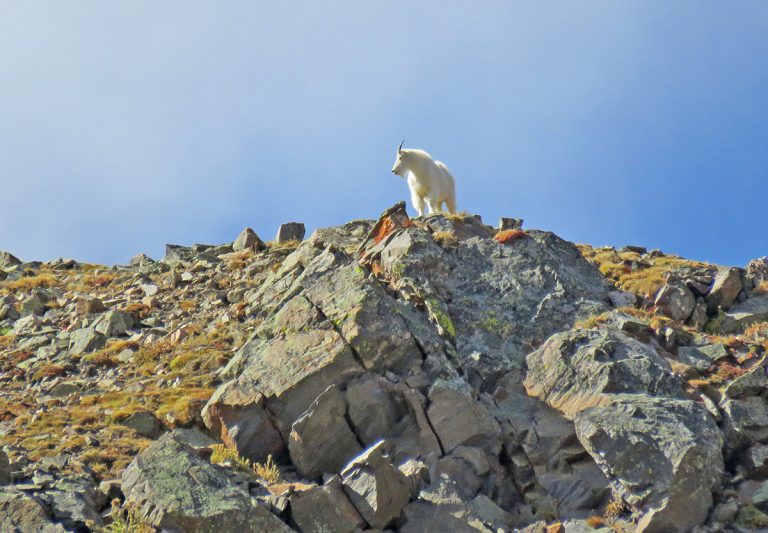
Great article!!!!